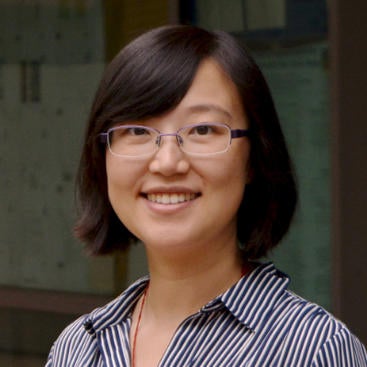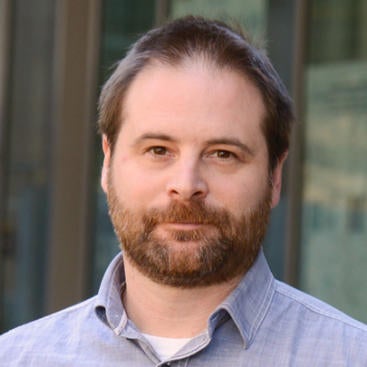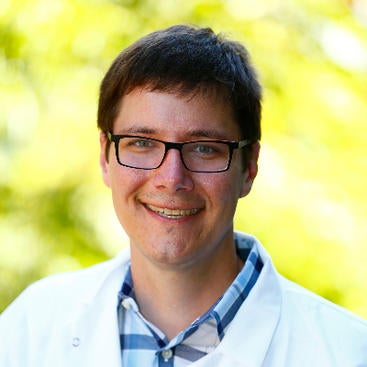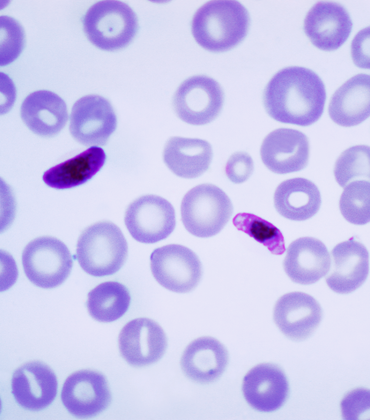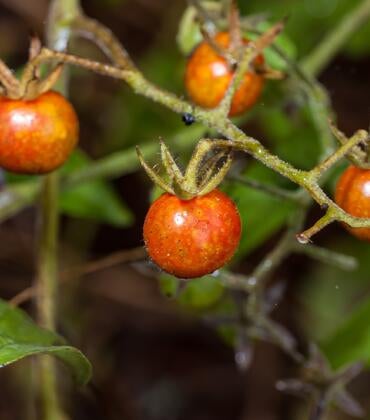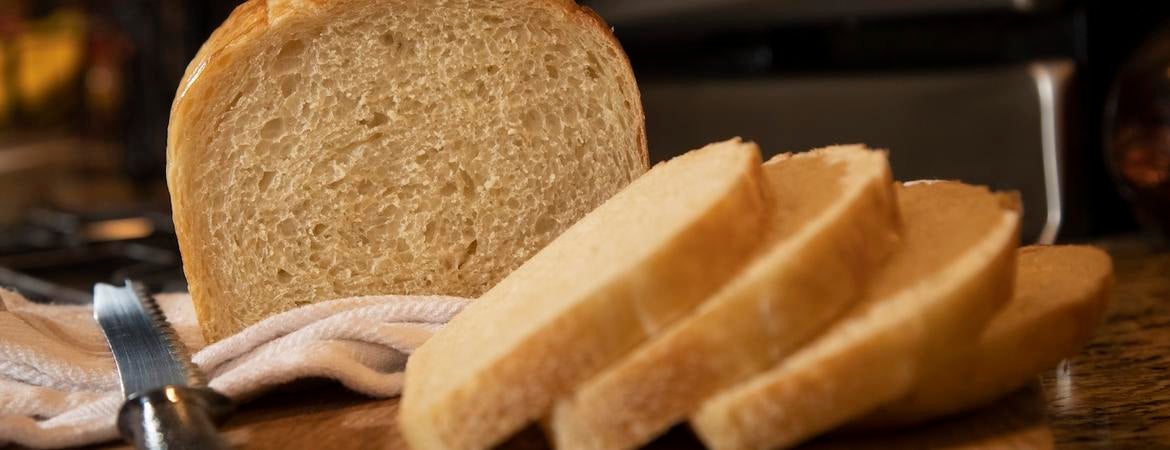
UC Riverside engineers are transforming yeast, both the domesticated kind used to make bread and beer and lesser-known wild species, so it can be used in a variety of new ways — including fighting cancer.
Yanran Li, a UC Riverside assistant professor of chemical and environmental engineering, is working with the yeast species Saccharomyces cerevisiae in an effort to turn it into a bioproduction platform for hormones, such as plant steroids, or phytosteroids, with anticancer properties.
Her approach, known as synthetic biology, involves transferring the biosynthetic machinery responsible for producing the desired steroids in plants to the engineered yeast strains so the yeast will robustly produce them, too. Plants cannot produce enough of these steroids for pharmaceutical use because doing so would interfere with their own growth.
S. cerevisiae has been used to make beer for about 13,000 years, and it’s what you still get today, in dried, purified form, when you open a packet of yeast — if you can find one at the store as hordes of amateur bakers have turned to making loaves of crusty sourdough bread to pass the time while sheltering at home.
Of the many wild yeast species present in ancient breweries, the best alcohol producer was Saccharomyces cerevisiae. Though that wouldn’t be known until the 1800s, people around the world nonetheless understood its power and cultivated it for use in baking and brewing, making S. cerevisiae one of the oldest domesticated organisms.
S. cerevisiae and its close relatives have, through careful breeding or genetic editing, been made into industrial-scale producers of ethanol fuel, flavorings, vitamins, proteins, and drugs such as insulin and interferon.
Li said she expects that one day her research group will know enough about how phytosteroids fight cancer to build a custom phytosteroid that delivers maximum tumor inhibiting or killing properties without hurting normal cells along the way.
“It’s a pity we can’t get enough of these natural products from the original sources,” she said. “We are using yeast as a cell factory to produce these valuable compounds.”
As any baker knows, S. cerevisiae thrives best in environments that are warm but not too hot. Keeping industrial facilities cool enough, especially in hot or tropical climates, has high environmental and financial costs. This makes it unsuitable and less sustainable for some industrial processes and limits what it can produce even with genetic manipulation.
“We have fancy genetic engineering techniques for S. cerevisiae and can make it do a lot. But when we’re looking at industrial uses at a higher temperature we can’t use it,” said Ian Wheeldon, an associate professor of chemical and environmental engineering at UC Riverside, who uses synthetic biology to modify the genomes of wild yeasts. “We take yeast that already grows in heat and tune it to produce more of what we want.”
Wheeldon is working on ways to make Kluyveromyces marxianus, a heat tolerant wild yeast that reproduces more quickly than domesticated yeast, produce fruity esters for scents and flavorings. He’s also developing new multipurpose tools to rapidly make new strains of Yarrowia lipolytica, a wild yeast that consumes hydrocarbons, such as petroleum, and produces fats.
Because less is known about wild yeasts, engineering them is more difficult than S. cerevisiae, whose genome was first sequenced 24 years ago.
“There’s huge variation between wild and domesticated yeasts, and the wild ones are often unpredictable,” said Justin Chartron, a UC Riverside assistant professor of bioengineering, who studies how proteins are made in yeast. “There’s a lot to making proteins. They need to be moved around, folded up, and modified. There’s a whole network of cellular machines to do this, but we’re trying to get them to produce more than they normally would so we hit a bottleneck.”
Chartron’s group uses high throughput sequencing to find what “machines,” or parts of the organism’s metabolism, are in use at any given time in order to locate the proteins that take up the most space and remove them. This makes it easier for the yeast to produce the desired proteins.
“If we ask the cell to make something it doesn’t usually make, it destroys it. So we have to turn off those pathways, but we need to be clever about how we do it because the cell needs it to grow,” Chartron said. “Shining a blue light — a technique known as optogenetics — on an especially engineered cell is one way we can switch those pathways off.”
The researchers said their work isn’t that different from what amateur sourdough bakers are doing at home.
“We’re looking at nature to find properties of microbes and finding tools to develop those properties,” Wheeldon said. “These sourdoughs are exactly the kind of process we’re talking about — you find an organism that produces acids and cultivate it to give your bread that sour taste.”
Chartron, who also bakes sourdough bread, noted the baking process involves some of the same things as their own work: temperature, feeding the yeast, and fine-tuning the bread’s flavor.
“We just use different instruments,” he said.
Header photo: Stan Lim/UC Riverside
